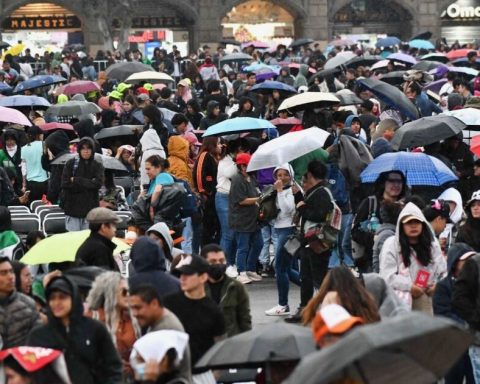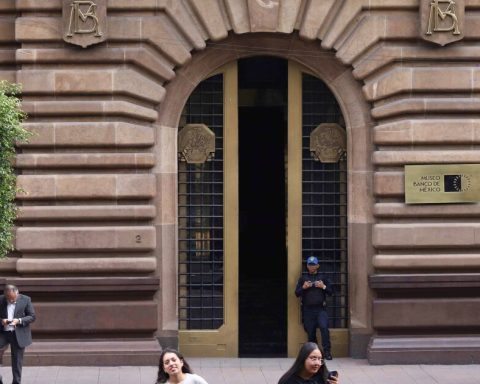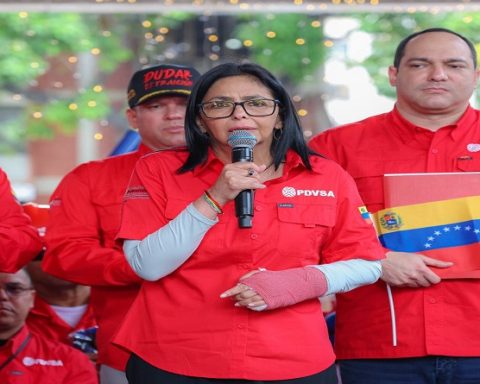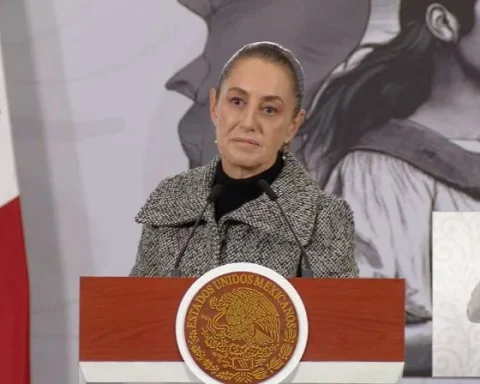AND
n 1987 the Party Institutional Revolutionary Party (PRI) won the governorship of the state of Mexico with the forcefulness of a hegemonic party, José Ramón Beteta, obtained 71.54 percent of the vote against 11.08 percent for the PAN candidate. In the 1988 presidential election, the PRI members of Mexico suffered an overwhelming defeat, obtaining 29.79 percent of the vote with Carlos Salinas de Gortari, while Cuauhtémoc Cárdenas Solórzano obtained 51.33 percent.
The hard fact is that, when Carlos Salinas became President, José Ramón Beteta was relegated from his post. Perhaps he footed the bill for the results he delivered in the presidential election.
As of 1988, the performance of the Mexican PRI has had a differentiated vote. While in the elections for governor, they throw all the meat on the grill and win, in the presidential election their performance is poor. Electoral experts assure that there has been no alternation in the entity. They are right if they only analyze the elections for governor because in the presidential election their support for the PRI candidate has not been total.
Of the last six elections, they have lost four times: Carlos Salinas de Gortari, Francisco Labastida Ochoa, Roberto Madrazo Pintado and José Antonio Meade Kuribreña, with only Ernesto Zedillo Ponce de León and Enrique Peña Nieto winning.
In the case of Francisco Labastida, the Vicente Fox Quesada effect led to his defeat. The PRI’s voting percentage was not so low, 31.96 percent, against 43.71 for the PAN. In 1999, when he was elected governor, the numbers reflected a drop in the PRI, reaching 42.5 percent, while the National Action Party (PAN) obtained 35.46 percent.
The most dramatic case happened in 2006, when the PRI with Roberto Madrazo Pintado reached only 18.1 percent of the vote in Mexican lands. A year earlier, Enrique Peña Nieto won the governorship with 47.6 percent, while the PAN and the Party of the Democratic Revolution tied with 25 and 24 percent, respectively. The confrontation between the Mexican PRI and Madrazo was clear, they did not forgive the Tabascan for exposing Arturo Montiel Rojas and making him renounce the presidential candidacy.
A relevant fact is that, in the federal contest, in Edomex, Andrés Manuel López Obrador (AMLO) defeated Felipe Calderón Hinojosa by 12 points.
In 2012, Enrique Peña Nieto won in his state with 32.47 percent, while the PAN obtained 18.22 and AMLO, 21.45. Peña Nieto’s figures are the same as those of Francisco Labastida Ochoa in the 2000 election. In 2011, Eruviel Ávila Villegas won with 62 percent and it seemed that the tricolor mexiquense returned to its best times, but the result of Peña Nieto erased that possibility.
In 2018 there was another collapse of the PRI in the entity with Meade, who obtained 27.79 percent while López Obrador captured 44.14 percent. In 2017, Alfredo del Mazo achieved a narrow victory over Morena by 2.87 percent. There were conditions to challenge and allege electoral fraud by the PRI, the participation of the federal government was scandalous and the spending was excessive; However, Morena was silent and did not fight in court. Perhaps that is where the agreement between AMLO and Peña Nieto began, which was finalized in 2018 with the arrival of Morena to power. This suggests that they owe it to Delfina Gómez.
The Mexican PRI is not going to let itself win the 2023 elections, so far it is undefeated, the 2017 victory is a it has been as it has been
but what happens in the state of Mexico will not set the trend for what will happen in the 2024 presidential election. These historical data are worth trying to answer the questions of the present.
* Political analyst

















